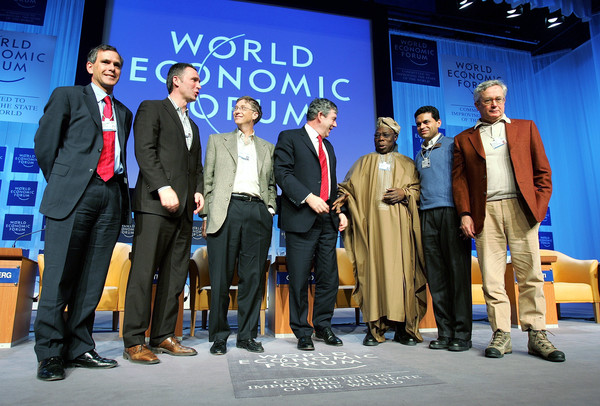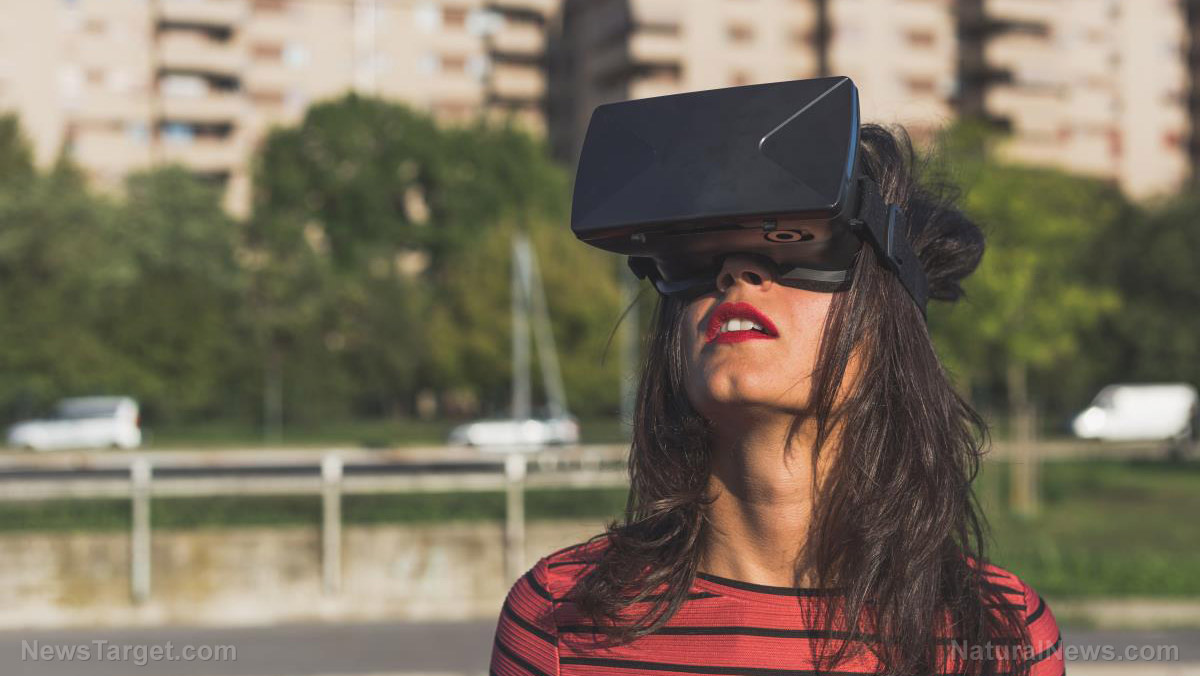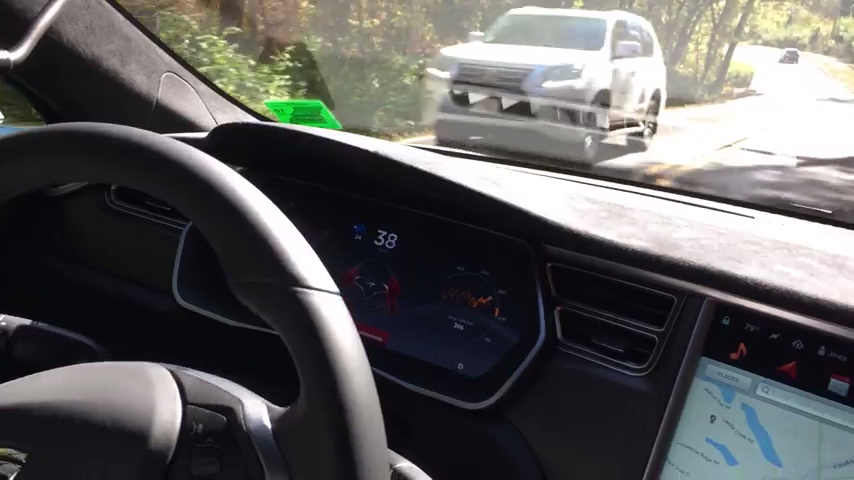When 6G is released, humans will function as walking power source antennas
01/10/2023 / By Ethan Huff

Researchers from the University of Massachusetts – Amherst are already talking about the rollout of 6G wireless technology, which we are told will turn humans into walking power source antennas.
Capitalizing on Visible Light Communication (VLC), the wireless version of fiber optics, 6G has the potential to turn human bodies into machines for use in the coming Internet of Things (IoT) in which free will comes to an end and everything exists in a virtual reality metaverse.
UMass Amherst scientists say they have developed an innovative, low-cost way to harvest waste energy from VLC using human bodies as antennas. That energy can then be funneled into wearable devices like mobile phones and watches, and possibly larger electronic devices as well.
“VLC is quite simple and interesting,” said Jie Xiong, a professor of information and computer sciences at the school. “Instead of using radio signals to send information wirelessly, it uses the light from LEDs that can turn on and off, up to one million times per second.”
(Related: In 2020, China claims to have launched into space the world’s first 6G satellites).
“Smart” devices and appliances have already created the infrastructure for a 6G future
Very little needs to be done on top of the existing 5G infrastructure to make this envisioned 6G concept a reality. Modern technology, including so-called “smart” devices, i.e., smartphones, smart televisions, and smart meters, has already laid the groundwork for a quick and easy 6G rollout when the time is right.
Everything “smart” is already functioning as a conduit for data transmission. And UMass Amherst scientists say that humans can likewise be repurposed for the transmission of waste energy.
“Anything with a camera, like our smartphones, tablets, or laptops, could be the receiver,” Xiong explained.
LED street lights are a case-in-point example of the type of VLC leakage that 6G human power source “antennas” could exploit to produce more energy. LEDs, we are told, emit “side-channel RF signals” or radio waves that human antennas could pick up and transmit.
Using an antenna designed from coiled copper wires, the team successfully collected those leaked RFs – meaning human bodies could be embedded with this and other metals to transform them into walking radio towers.
“Results show people are actually the best medium for amplifying the coil’s ability to collect leaked RF energy,” reported Study Finds. “Attaching the coil to a person collected up to 10 times more energy than just using a bare coil.”
Based on this, the scientists developed a wearable device called the “Bracelet+” that people can wear on their upper forearm, or as a ring, belt, anklet, or necklace if modified – though the bracelet form produced the best power-harvesting results.
“The design is cheap – less than fifty cents,” the scientists wrote in their study. “But Bracelet+ can reach up to micro-watts, enough to support many sensors such as on-body health monitoring sensors that require little power to work owing to their low sampling frequency and long sleep-mode duration.”
“Ultimately, we want to be able to harvest waste energy from all sorts of sources in order to power future technology.”
In the comments, someone pointed out that the number six is the number of a man. And what is described in this study will be used “for the beast system to control the masses” – this referring to the coming beast system foretold in the Book of Revelation.
“Since 5G has been put in my town, my ears ring like hell,” wrote another about how 5G is already bad enough, let alone the 6G they want to release next. “I only get relief when I go to our rural lake house. All of this tech is poison.”
More related news can be found at FutureTech.news.
Sources for this article include:
Submit a correction >>
Tagged Under:
6G, AI, antenna, computing, dangerous tech, disease causes, EMF, energy, future science, future tech, Glitch, information tech, insanity, inventions, national security, power, radiation, Smartphones, transhumanism, Visible Light Communication, VLC
This article may contain statements that reflect the opinion of the author
RECENT NEWS & ARTICLES
COPYRIGHT © 2017 FUTURETECH.NEWS
All content posted on this site is protected under Free Speech. FutureTech.news is not responsible for content written by contributing authors. The information on this site is provided for educational and entertainment purposes only. It is not intended as a substitute for professional advice of any kind. FutureTech.news assumes no responsibility for the use or misuse of this material. All trademarks, registered trademarks and service marks mentioned on this site are the property of their respective owners.


















